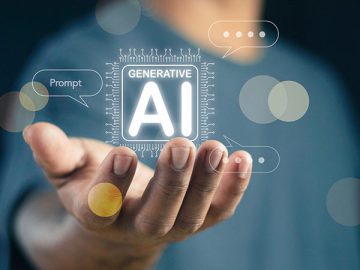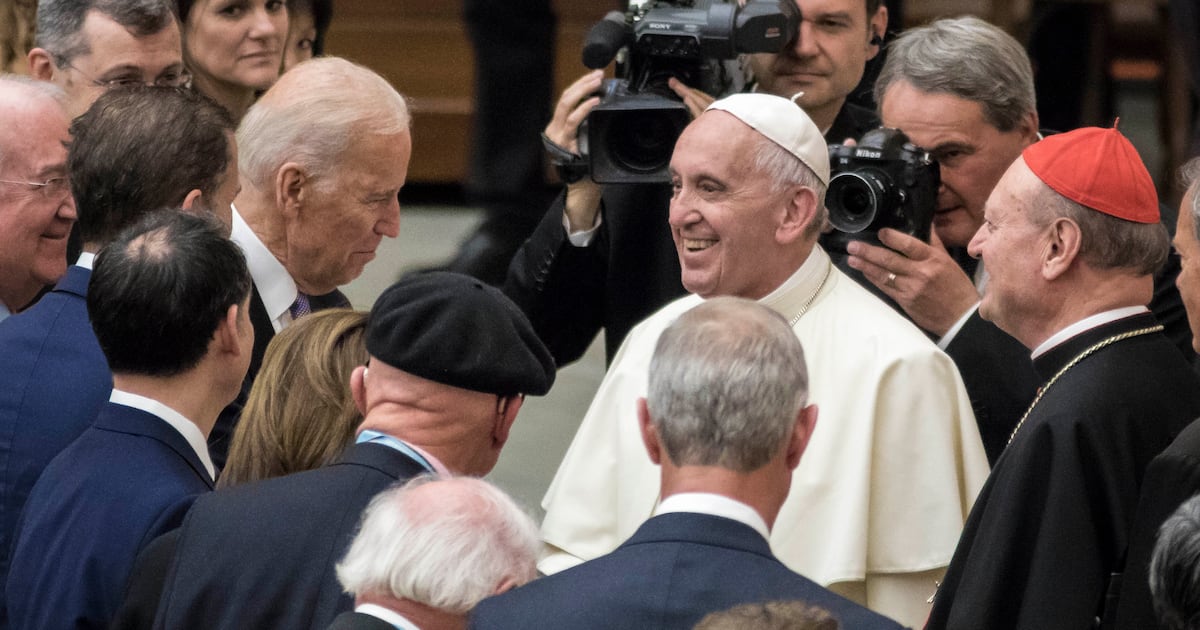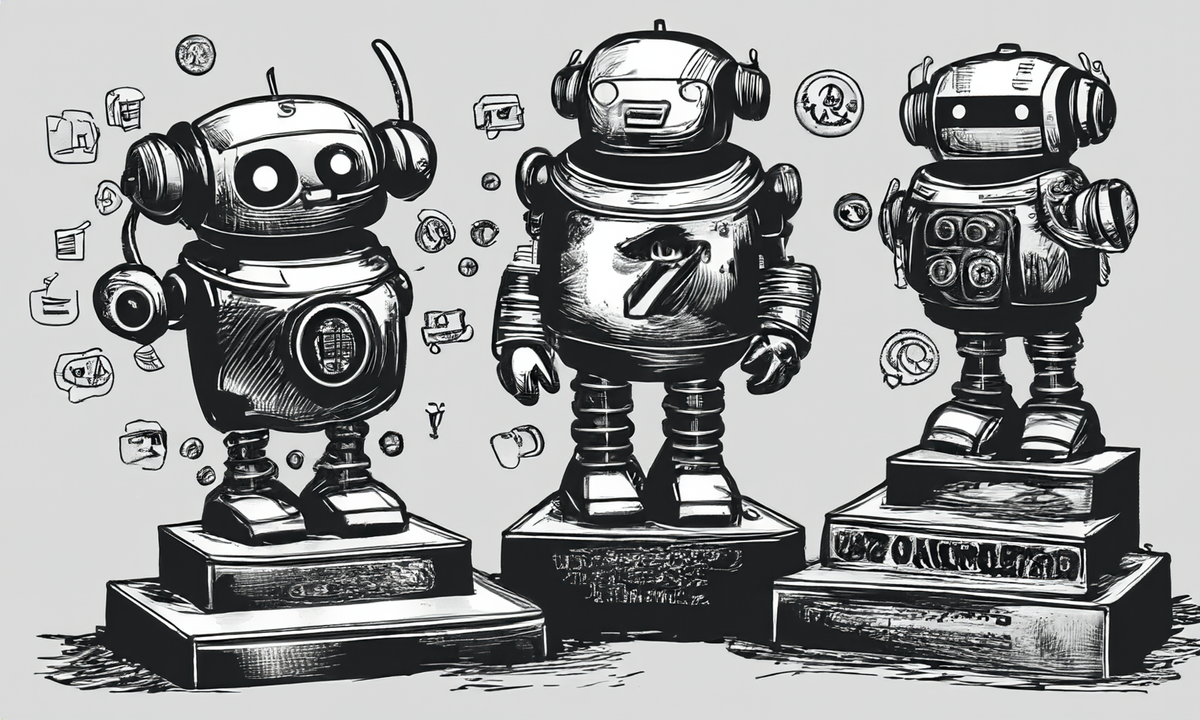With the rise of AI, a new study from MIT researchers looked into which tasks could benefit most from human-AI collaboration and which are best handled independently.
ADVERTISEMENT
As artificial intelligence (AI) advances, there has been a global push for humans to learn to work alongside it to keep pace with its rapid adoption in both personal and professional settings.
However, a recent study from MIT’s Center for Collective Intelligence (CCI) found that while human-AI collaboration can be useful, certain tasks may yield better results when handled independently.
“There’s a prevailing assumption that integrating AI into a process will always help performance – but we show that that isn’t true,” Michelle Vaccaro, lead author of the study and a doctoral student at MIT, said in a statement.
“In some cases, it’s beneficial to leave some tasks solely for humans, and some tasks solely for AI,” she added.
To gain a clearer understanding of when humans and AI work most effectively together, the researchers analysed 370 results drawn from more than 100 experimental studies involving human-AI combinations across various tasks.
The studies covered three approaches to handling a task, which included humans alone, AI systems alone, and human-AI teams.
The researchers found that while human-AI teams tended to outperform humans working independently, they did not exceed the results achieved by AI systems working alone.
Human-AI collaboration not always best
Published in the journal Nature Human Behaviour, the study also found no evidence of “human-AI synergy,” meaning that for certain tasks, relying solely on either humans or AI could produce better outcomes than collaboration.
But the meta-analysis found some specific cases where human-AI collaboration could be more effective than humans or AI alone.
“Even though our main result suggests that – on average – combining humans and AI leads to performance losses, we do not think this means that combining humans and AI is a bad idea,” the authors wrote in the paper.
“On the contrary, we think it just means that future work needs to focus more specifically on finding effective processes that integrate humans and AI. Our other results suggest promising ways to proceed”.
The researchers identified decision-making tasks, such as detecting deepfakes and diagnosing medical cases, where human-AI teams underperformed compared to AI working independently.
In contrast, they also found that humans and AI worked better together on creative tasks, like generating new visual or written content.
In these cases, the human-AI teams even surpassed the performance of the best-performing individual humans or AI systems.
The researchers theorised that this could be due to the nature of creative work itself.
ADVERTISEMENT
Creative tasks, they explained, require a mix of creativity, knowledge, and insight, which are qualities that are inherently human and difficult for AI to fully replicate. Yet those tasks also require repetitive, routine processes where AI is highly effective.
As a result, a combination of human and AI strengths could have allowed for better outcomes in creative work.
“Let AI handle the background research, pattern recognition, predictions, and data analysis, while harnessing human skills to spot nuances and apply contextual understanding,” Thomas Malone, co-author of the study and director of the MIT CCI, said in a statement.
He concluded: “As we continue to explore the potential of these collaborations, it’s clear that the future lies not just in replacing humans with AI, but also in finding innovative ways for them to work together effectively”.
ADVERTISEMENT
Originally Appeared Here




